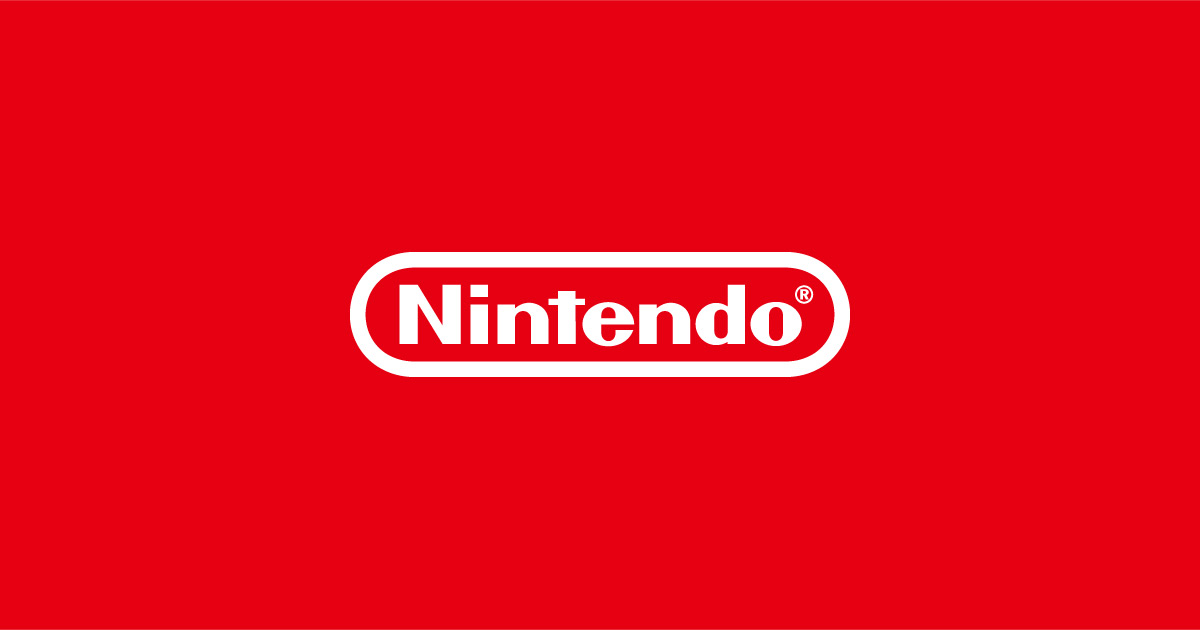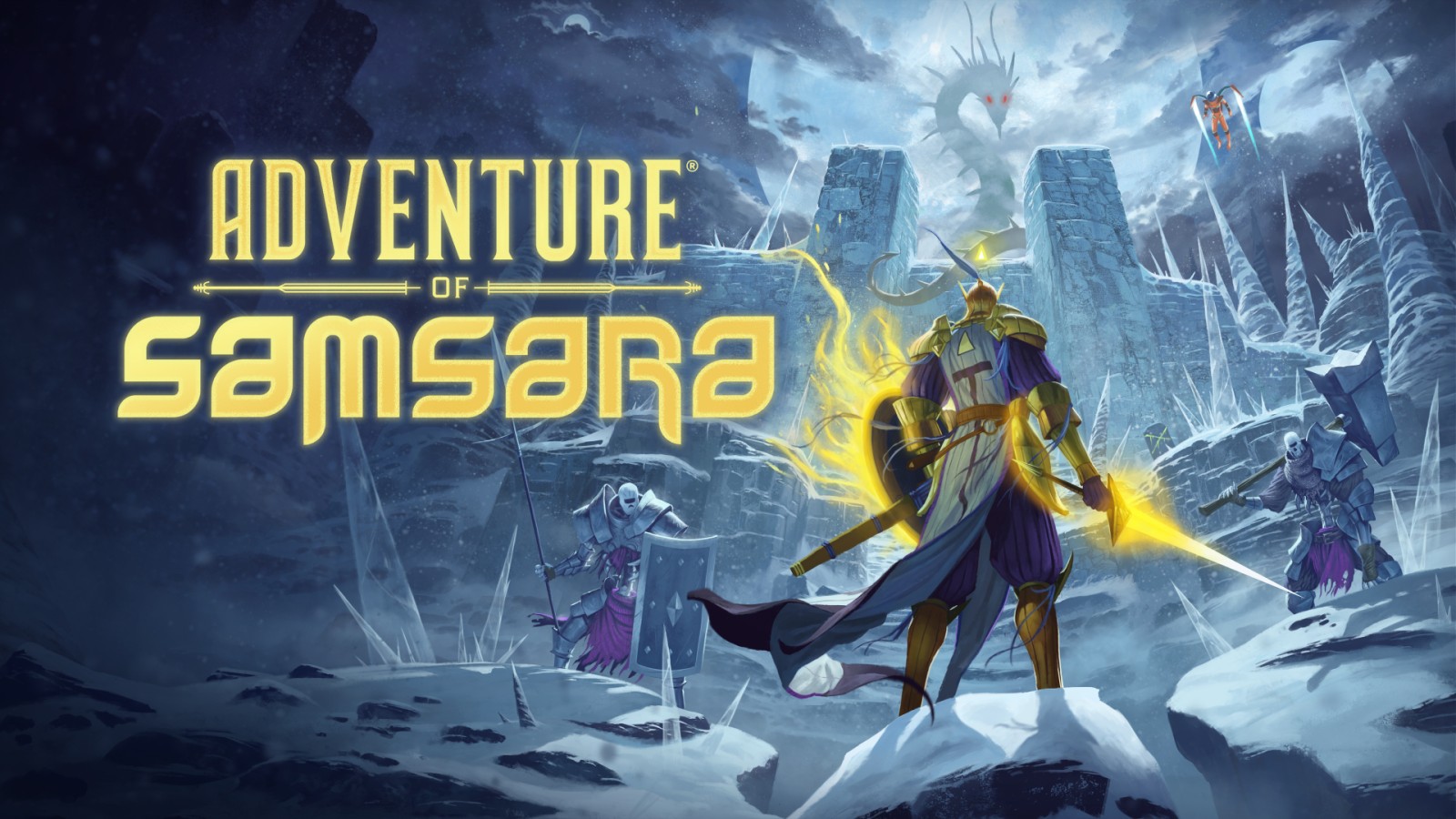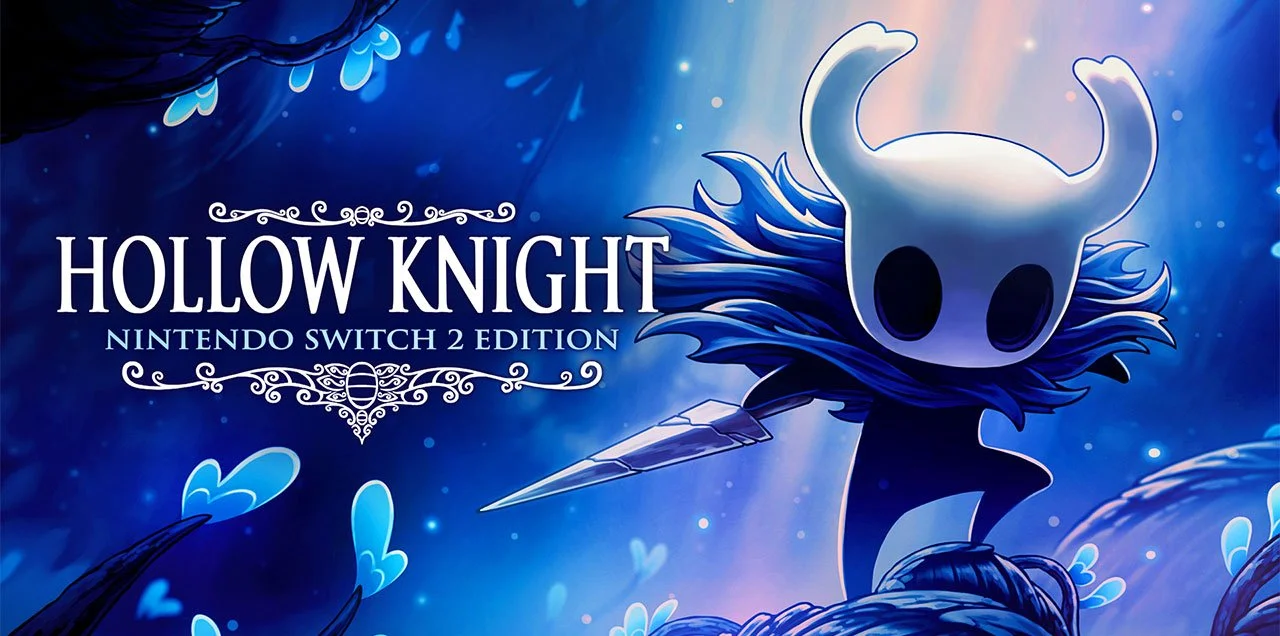Apex Legends, the hit free-to-play battle royale title from Respawn Entertainment, made its debut on the Nintendo Switch on March 9, 2021, thanks to veteran porting studio Panic Button.
The Nintendo Switch version arrived on the Nintendo eShop with the promise of bringing the full Apex Legends experience to handheld fans, but post-launch analysis reveals notable performance compromises that players should be aware of. Digital Foundry, renowned for their in-depth technical reviews, recently conducted a comprehensive assessment of Apex Legends on the Nintendo Switch, focusing on patch 1.07.
Their findings shed light on the graphical and performance trade-offs made to accommodate the less powerful Switch hardware.
According to Digital Foundry, the game’s docked mode generally renders at 720p but employs dynamic resolution scaling that can drop as low as 1066x600, while handheld mode dynamically falls to a minimum of 960x540, with a base of 576p. To achieve consistent playability on Nintendo's portable platform, the port by Panic Button implements several graphical cutbacks.
Notably, textures exhibit reduced detail, shadows are simplified, draw distances are shorter and often masked by fog, and environmental elements such as trees, bushes, and ground objects are significantly less detailed.
Digital Foundry highlights the absence of most grass and foliage as a particularly drastic measure, remarking that the overall effect results in a simpler but serviceable version of Apex Legends’ dynamic world.
Despite these reductions, core visual elements like reflections, lens flares, and cloth physics remain intact.
Crucially, enemy player models render at the same range as on other systems, maintaining fundamental gameplay fairness. A key differentiator for the Switch edition is the inclusion of gyro aiming, a popular feature among handheld gamers.
However, Digital Foundry notes that beyond this, platform-specific enhancements are limited. Performance remains the primary concern in this release.
While Apex Legends targets a maximum of 30 frames per second on Switch, actual play frequently drops to the low 20s during intense firefights.
This is in stark contrast to the 60 frames per second standard maintained by both PlayStation and Xbox versions.
Digital Foundry observes that these frame rate drops often coincide with encounters involving other players, a critical moment when optimal performance is essential for competitive play. Due to the pronounced differences in performance and visuals between the Switch and other platforms, Digital Foundry ultimately recommends that players disable the crossplay functionality.
The feature, enabled by default, allows Switch players to match with users on more powerful hardware, placing them at a competitive disadvantage.
By turning off crossplay, users ensure matchups only against other Switch players, creating a more level playing field. Apex Legends’ arrival on the Nintendo Switch expands the game's audience and demonstrates Panic Button’s technical expertise, albeit within the limits of the hardware.
For players seeking the best possible experience on Switch, optimizing settings and disabling crossplay, as advised by Digital Foundry, may significantly improve enjoyment and competitiveness in the game. For more updates on Nintendo Switch releases and in-depth performance analysis, follow the latest coverage from Digital Foundry and reputable gaming outlets.
The Nintendo Switch version arrived on the Nintendo eShop with the promise of bringing the full Apex Legends experience to handheld fans, but post-launch analysis reveals notable performance compromises that players should be aware of. Digital Foundry, renowned for their in-depth technical reviews, recently conducted a comprehensive assessment of Apex Legends on the Nintendo Switch, focusing on patch 1.07.
Their findings shed light on the graphical and performance trade-offs made to accommodate the less powerful Switch hardware.
According to Digital Foundry, the game’s docked mode generally renders at 720p but employs dynamic resolution scaling that can drop as low as 1066x600, while handheld mode dynamically falls to a minimum of 960x540, with a base of 576p. To achieve consistent playability on Nintendo's portable platform, the port by Panic Button implements several graphical cutbacks.
Notably, textures exhibit reduced detail, shadows are simplified, draw distances are shorter and often masked by fog, and environmental elements such as trees, bushes, and ground objects are significantly less detailed.
Digital Foundry highlights the absence of most grass and foliage as a particularly drastic measure, remarking that the overall effect results in a simpler but serviceable version of Apex Legends’ dynamic world.
Despite these reductions, core visual elements like reflections, lens flares, and cloth physics remain intact.
Crucially, enemy player models render at the same range as on other systems, maintaining fundamental gameplay fairness. A key differentiator for the Switch edition is the inclusion of gyro aiming, a popular feature among handheld gamers.
However, Digital Foundry notes that beyond this, platform-specific enhancements are limited. Performance remains the primary concern in this release.
While Apex Legends targets a maximum of 30 frames per second on Switch, actual play frequently drops to the low 20s during intense firefights.
This is in stark contrast to the 60 frames per second standard maintained by both PlayStation and Xbox versions.
Digital Foundry observes that these frame rate drops often coincide with encounters involving other players, a critical moment when optimal performance is essential for competitive play. Due to the pronounced differences in performance and visuals between the Switch and other platforms, Digital Foundry ultimately recommends that players disable the crossplay functionality.
The feature, enabled by default, allows Switch players to match with users on more powerful hardware, placing them at a competitive disadvantage.
By turning off crossplay, users ensure matchups only against other Switch players, creating a more level playing field. Apex Legends’ arrival on the Nintendo Switch expands the game's audience and demonstrates Panic Button’s technical expertise, albeit within the limits of the hardware.
For players seeking the best possible experience on Switch, optimizing settings and disabling crossplay, as advised by Digital Foundry, may significantly improve enjoyment and competitiveness in the game. For more updates on Nintendo Switch releases and in-depth performance analysis, follow the latest coverage from Digital Foundry and reputable gaming outlets.




